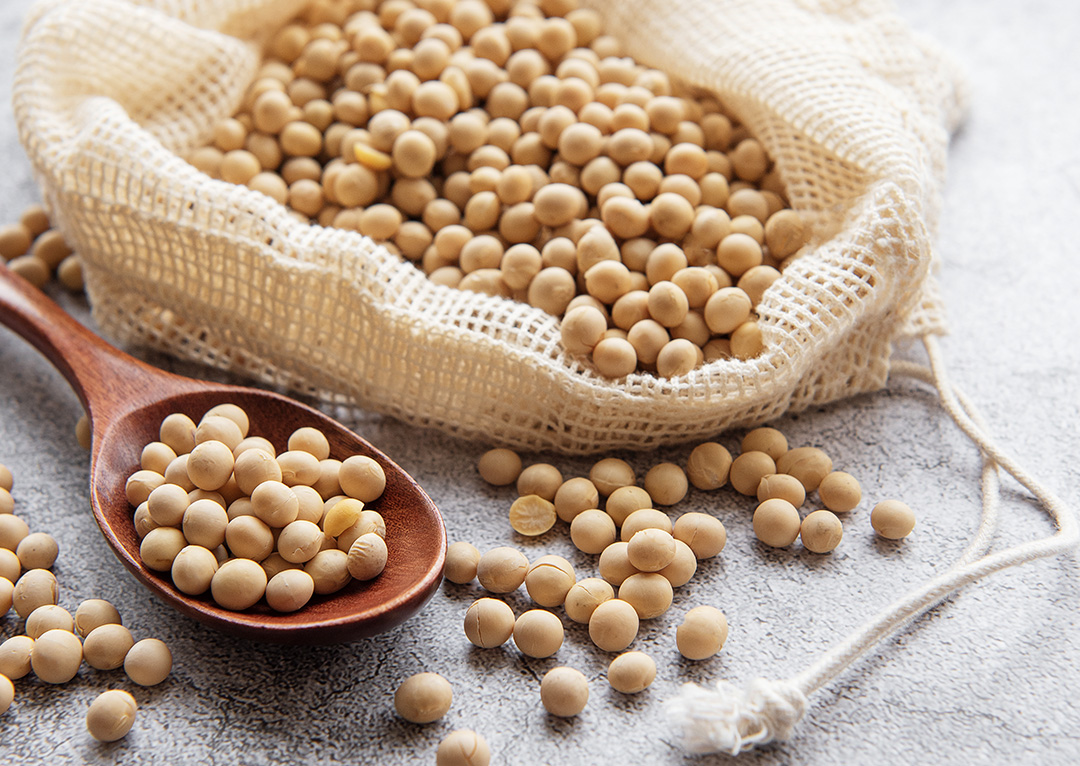Brazilian Soybean – Brazil is the second largest producer of soybeans after the United States. In the 2014/2015 crop, culture occupied an area of 31.57 million hectares, which totaled a production of 95.07 million tons. The average productivity of Brazilian soybeans was 3011 kg per hectare.
Soybeans are a high protein plant food that people can prepare and eat in a variety of ways. They belong to the pea family. Soybeans come in many colors, including:
Green soybeans: Young green soybeans are also called edamame. People can steam them and eat them out of the pod as an appetizer. Shelled edamame is also available in salads, stir-fries, and soups.
Yellow soybeans: Producers typically use yellow soybeans to make soy milk, tofu, tempeh, and tamari. They also play a role in the production of soy flour for baking.
Black soybeans: Several Asian food cultures use simmered or fermented black soybeans in traditional dishes. Soy milk and cheese are also options for those looking to replace dairy in the diet.
Soybeans also provide soy oil, which people can use for cooking or as an ingredient. After removing the oil from soybeans, people can use the remaining material to make food for farm animals and pets. Some manufacturers make protein powder and isoflavone supplements from soy. Isoflavones are plant compounds that have a similar structure to estrogen.
In general, there are three types of soy: GM, conventional and organic. The first, in its production, offers several types of transgenic soybeans, which are currently being developed. The best known and commercially grown a plant that is received by means of biotechnology techniques, a gene from another organism able to make it tolerant to the use of a type herbicide glyphosate.


